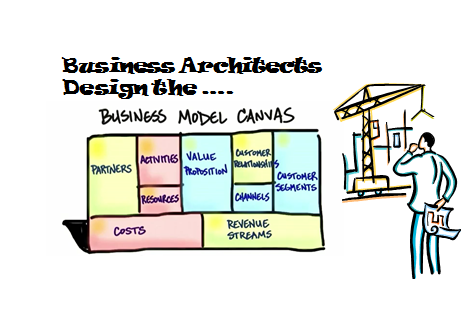I keep coming back to the leadership of innovation; we need to move it from the peripheral to a more central one. This is not so much in a leader’s desire and need for innovation, which always seems well stated, but in their ability to lead it, to have it not just in their mind but in their real follow-through, in action and attitude, in their deepening engagement and involvement to it.
“Leadership for innovation can’t simply be delegated”, so tell me how many times have you heard that one? Yet it always seems to be pushed down the organization when you look a little closer.
Running a day-to-day business, reacting to the events, achieving the performance to maintain the momentum, planning the future is demanding but innovation is absolutely central to sustaining and securing the future but does it really get enough of the CEO’s time? I think it should figure more in their time but how can this be achieved?
I certainly don’t envy global leaders in trying to balance all that is crowding in on them, that is making up their daily, weekly and monthly agenda’s.
Something always has to give and innovation is one of those malleable parts whereas other more pressing ‘demands’ are more real, tangible and definitive and innovation gets constantly squeezed out at the top.
Regretfully for many it does seem innovation ends up as important but not urgent for them to focus upon.
The management of innovation is the management of attention. Continue reading “Innovation from a buzzword to the imperative”
